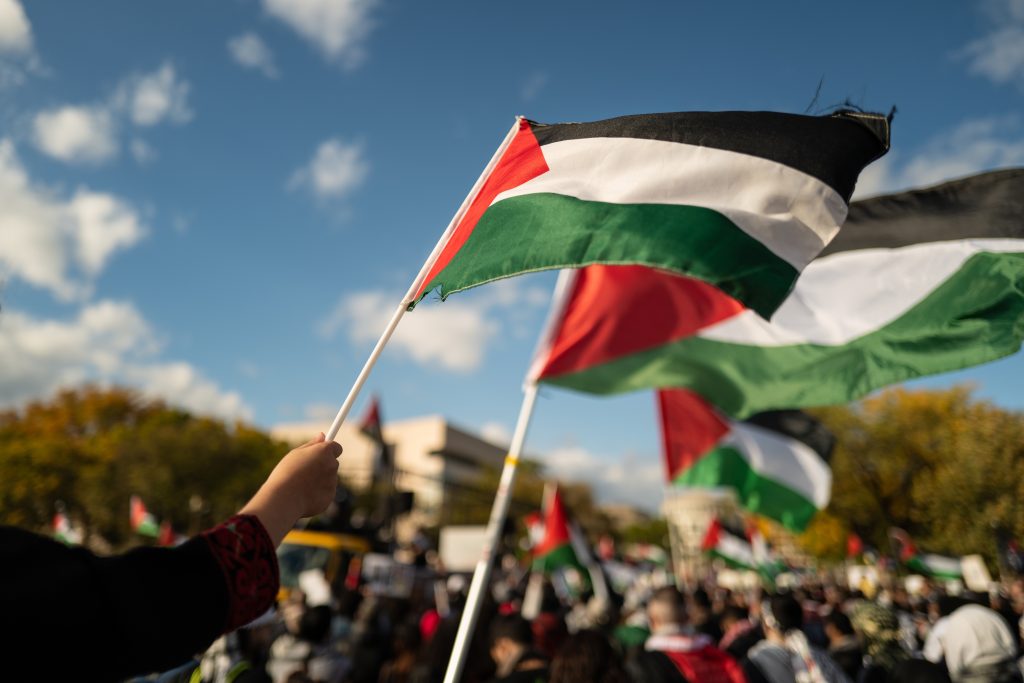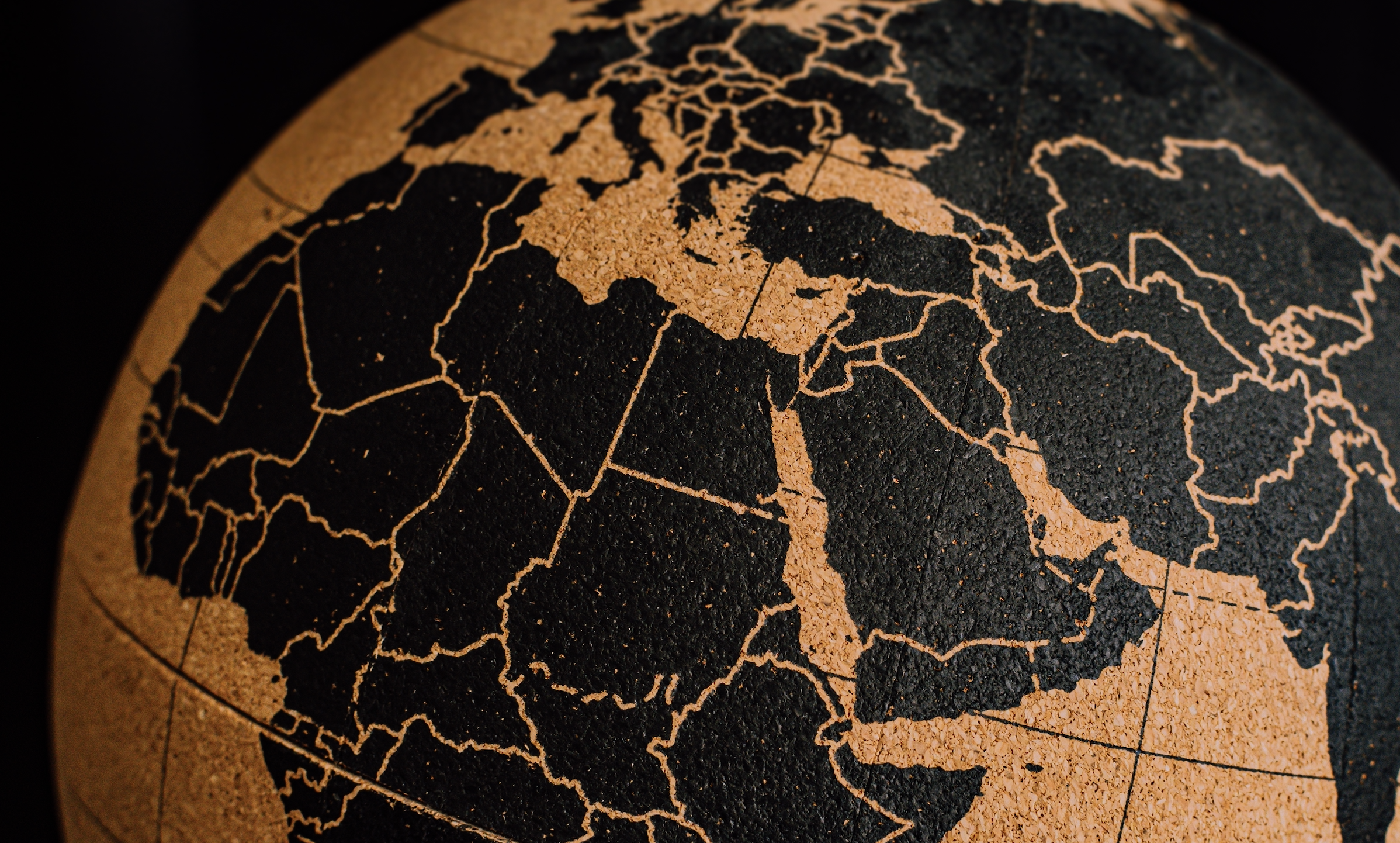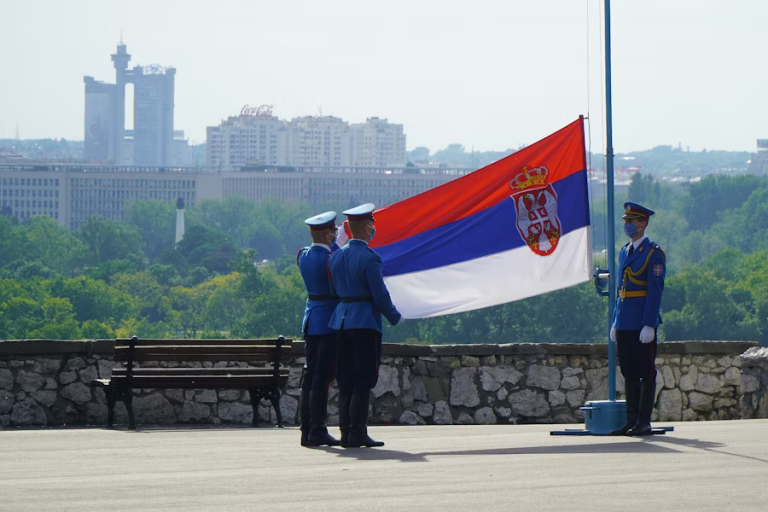Regional Shifts and Risks in the Middle East: On the Future of Governance and Integration
In this episode of The International Risk Podcast, host Dominic Bowen speaks with Shayan Talabany, Senior Analyst and Advisor at the Tony Blair Institute for Global Change, about the profound shifts underway in the Middle East. From U.S. retrenchment and recalibrated alliances to the pressures of youth unemployment, nationalism, and the war in Gaza, Talabany provides grounded analysis of the opportunities and risks that will shape the region in the coming decade.
U.S. Retrenchment and Regional Self-Reliance
Talabany highlights how Washington’s evolving role, away from interventionism and toward a reliance on regional actors, marks continuity from the Obama years but with abruptness under Trump. While the U.S. remains pivotal in security crises, it increasingly leans on Israel and Turkey as security anchors, while Gulf states take responsibility for economic integration.
This recalibration, she argues, creates space for regional self-reliance, seen in the Abraham Accords and deal-making among Middle Eastern powers, but it also risks empowering actors like Iran, Hezbollah, and Turkey if not carefully managed.

Fragile Social Contracts and the Youth Challenge
More than half of the region’s under-30 population is unemployed. Authoritarian bargains of “economic stability in exchange for political silence” are fragile without genuine growth. Drawing on recent travels to Syria, Iraq, and Lebanon, Talabany emphasizes how young people overwhelmingly demand jobs, mobility, and economic autonomy.
Initiatives such as Saudi Arabia’s Vision 2030 provide blueprints for technocratic, meritocratic governance, but she questions whether efficiency alone can replace shared narratives of belonging. Without stronger civic identities, she warns, “thin gruel for the soul” may not be enough to stave off unrest.

Nationalism, Populism, and the Post-Gaza Uncertainty
The ideological scaffolding of the past, post-colonial authoritarianism, political Islam, Pan-Arabism, has weakened. What remains is a mix of nationalism and raw populism. Talabany cautions that unless these currents are paired with inclusive civic identities, they may sow grievances that resurface in future decades.
The Gaza conflict, meanwhile, casts a long shadow. Leaders recognize Israel’s role must be addressed for regional stability, but publics across the Arab world remain deeply opposed. This divide between state pragmatism and popular anger will test governments’ ability to balance domestic legitimacy with regional diplomacy.
Business Opportunities Amid Integration
Despite the risks, Talabany sees major opportunities for multinational companies willing to enter the region. Reconstruction in Syria and, eventually, Gaza, alongside ongoing projects in Iraq and the Gulf, present openings in infrastructure, construction, water management, energy, and sustainable technologies.
Governments are actively working to improve governance, judicial frameworks, and ease of investment. Businesses that take calculated risks can help anchor economic integration, which Talabany views as both a driver and outcome of stability.
Governance Futures: Centralization and Fragmentation
Looking ahead, Talabany predicts increased centralization of governance, with authoritarian tendencies likely to grow. Yet on the ground, fragmentation persists: Syria remains divided between Damascus, Kurdish regions, Turkish-controlled zones, and others.
She argues regional actors must move beyond exclusionary approaches and instead integrate non-state actors into governance structures through dialogue, carrots, and sticks. Otherwise, old grievances will simply morph into new militant groups.
Global Risks: Declining Democracy, Climate, and Youth
Beyond the Middle East, Talabany identifies three global risks that keep her awake:
- The decline of democracy, particularly in the West, leaving uncertainty about the values and rules binding societies.
- Climate change and technology, with climate migration looming as a destabilizing force.
- Youth engagement, stressing the need to invest now in the leaders and ideas of the next 20 to 30 years.

Conclusion
The Middle East stands at a crossroads: opportunities for economic integration and local ownership are real, but fragile. Without inclusive governance, investment in youth, and pragmatic diplomacy, the risks of instability remain high.
Talabany’s reflections remind us that today’s choices, by leaders, businesses, and international partners, will define whether the region emerges stronger or faces another generation of turbulence.



